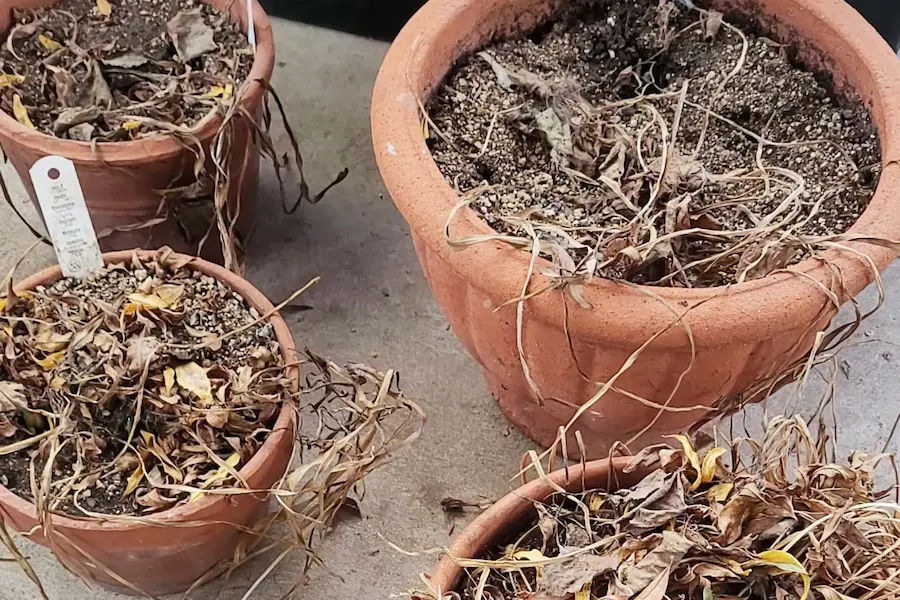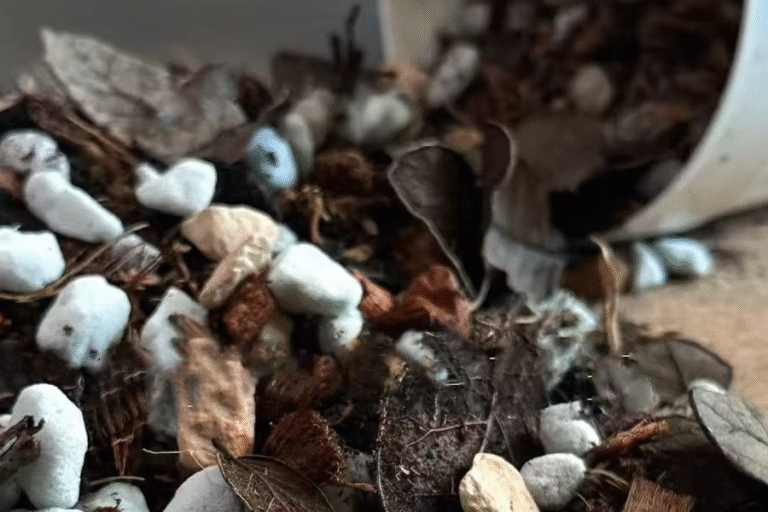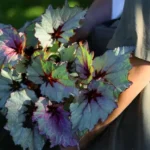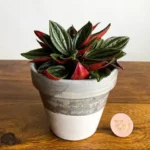Top 5 Mistakes Beginners Make When Growing Houseplants
Bringing houseplants into your home is one of the most rewarding ways to improve indoor air quality, add beauty, and connect with nature. But if you’re just starting out, it’s easy to make a few common mistakes that can lead to poor plant health—or even dead plants. This guide covers the top five most frequent errors new plant parents make and how to avoid them.
1. Overwatering

Why it happens: Many beginners believe watering more equals more care. Unfortunately, most houseplants prefer consistent but moderate moisture—not soaking wet soil.
Signs:
- Yellowing leaves
- Mushy stems or roots
- Fungus gnats hovering around the pot
Fix:
- Use a moisture meter or check the top inch of soil before watering.
- Ensure your pot has proper drainage holes.
- Choose well-draining soil blends specific to your plant type.
2. Poor Light Placement
Why it happens: Not all windows are equal, and not all plants like the same light. Placing a plant far from a window or under harsh sunlight can cause stress.
Signs:
- Leggy growth or stretched stems
- Faded, scorched, or pale leaves
- Leaf drop or failure to grow
Fix:
- Learn whether your plant needs bright indirect, low, or direct light.
- Use a light meter or app to assess window light.
- Rotate plants regularly for even growth.
3. Using the Wrong Pot or Soil

Why it happens: Decorative pots without drainage or the wrong type of soil can create poor growing conditions.
Signs:
- Water pooling at the bottom of the pot
- Root rot or stagnant growth
Fix:
- Always use pots with drainage holes.
- Match the soil to the plant: cactus mix for succulents, peat-based mix for tropicals.
- Repot when your plant outgrows its container.
4. Ignoring Humidity and Temperature Needs
Why it happens: Indoor conditions are not always ideal for tropical plants. Low humidity and drafts can harm sensitive species like calatheas or episcias.
Signs:
- Crispy leaf edges
- Drooping or curling leaves
- Lack of new growth in winter
Fix:
- Use a hygrometer to track humidity.
- Add humidity trays or use a humidifier.
- Keep plants away from vents, heaters, or cold windows.
5. Neglecting Regular Observation and Care
Why it happens: Beginners sometimes treat plants as passive decor, not living organisms that change over time.
Signs:
- Pest infestations going unnoticed
- Leaf damage or disease spread
- Rootbound plants stalling growth
Fix:
- Inspect plants weekly for pests, damage, and soil moisture.
- Dust leaves to allow photosynthesis.
- Prune dead or yellowing foliage and repot annually if needed.
Final Tips for New Plant Parents
- Start small with 2–3 easy-care plants like pothos, snake plants, or ZZ plants.
- Research each plant’s needs before purchasing.
- Keep a plant journal to track care habits and growth.
With the right knowledge and attention, your houseplant collection can thrive—bringing life and color to your indoor spaces for years to come.








